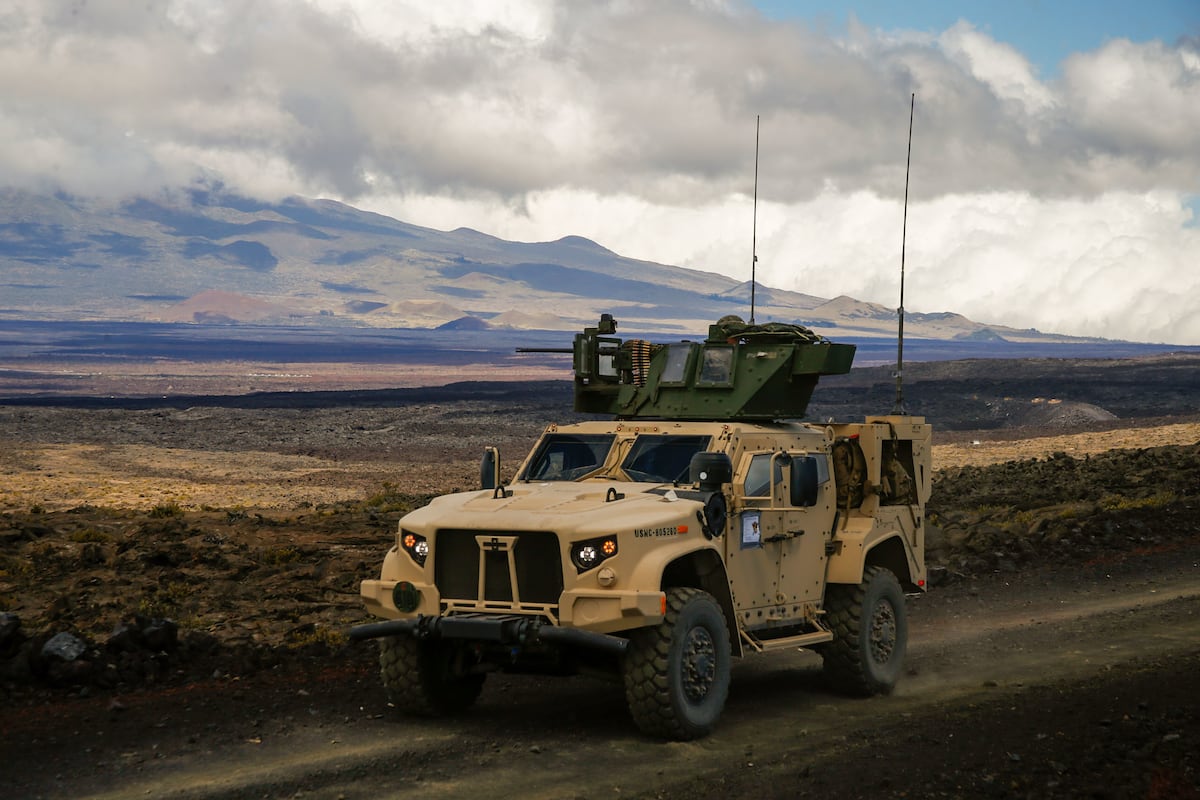Key Takeaways
- The U.S. Army promised Congress a detailed analysis of its command consolidation and weapons program restructuring within 10 days.
- Army Transformation Initiative plans to save $48 billion by canceling or reorienting programs to enhance battlefield capabilities.
- Concerns raised by Congress regarding the lack of transparency and consultation with other military branches during the decision-making process.
Army Transformation Initiative Under Scrutiny
U.S. Army Secretary Daniel Driscoll has committed to delivering insights to Congress within 10 days regarding the Army Transformation Initiative, which announced significant changes including command consolidations and cancellations of various weapon programs. Initial plans revealed the merging of the Army Futures Command and the Training and Doctrine Command and termination of projects like the M10 Booker light tank and the Robotic Combat Vehicle.
Driscoll highlighted that these decisions could lead to a total of $48 billion in spending cuts over the next five years, with further allocations directed towards modernizing the Army’s capabilities. During a June 18 hearing, Senator Chris Coons emphasized the committee’s need for a comprehensive analysis behind these decisions, questioning how proposed investments would enhance battlefield lethality.
Despite general agreement among Senate appropriators on the necessity of a transformation to deter adversaries, skepticism regarding specific Army decisions remains. Senator Mitch McConnell underscored the importance of transparency, demanding clarity on how new priorities impact taxpayers and military alliances.
The decision-making process for the Army Transformation Initiative appears to have been tightly controlled, with key program leaders excluded from discussions, resulting in a lack of thorough analysis regarding the effects of these changes. Driscoll acknowledged that other military branches were not consulted prior to announcing the cancellation of joint programs, such as the Joint Light Tactical Vehicle (JLTV). He stated that this approach was intended to facilitate a successful transition, mitigating potential resistance to change.
Coons pointed out that the U.S. Marine Corps expressed surprise at the JLTV cancellation, suggesting that significant modifications are necessary in the Army’s approach moving forward. As the Army navigates these substantial transformations, the need for a clearer strategy and greater collaboration with other military services remains critical to ensure effective outcomes.
As the Army faces transformation challenges, military leaders and Congress must work together to establish a coherent path forward that prioritizes efficiency while remaining mindful of operational effectiveness and industry relationships. Failure to address these concerns may hinder progress and the overall mission of the Army Transformation Initiative.
The content above is a summary. For more details, see the source article.















